The Goddess, whose idol is seen sweating in summer
Thanjavur is a land of natural and spiritual beauty. One of the most important temples in this region is Punnainallur Muthu Mariyamman Temple. Located at 7 kms from Thanjavur, this temple is older than Brahadeeshwara Temple (The Big Temple). Historic evidences states that Chola kings, especially the great Raja Raja Chola I used to pray Mariyamman in this temple before going to war. However, the year in which the temple was built is not clear.
.jpg)
Legend says that once Lord Shiva had to wage a battle against a demon called Tanjan. Before waging the war, Shiva installed Ashta Shaktis (eight goddesses of power) in each of the eight directions to protect the borders of city. The Shakti installed in the eastern direction is now called Punnainallur Mariamman. The name Thanjavur also came after this holy war. After getting defeated by Lord Shiva, demon Thanjan prayed to him asking for the city to be named after him. This is how Azhagapuri (ancient name) became Thanjavur.
.jpg)
After the downfall of Cholas, many dynasties ruled over Thanjavur. Over the centuries, people forgot about this temple. In the year 1680, when the Maratha king Venkoji Maharaja Chatrapati was on a pilgrimage at Samayapuram Mariyamman Temple, Goddess appeared to the King in his dream and told him that her swayambu Idol in a form of ant hill was in a forest of Punnai trees at a distance of about 3 miles from Thanjavur. The King lost no time in rushing to the spot indicated to him and recovered the idol from the jungle.
A temple was constructed at the place and hence the deity of this temple is known as Punnainallur Mariamman. It is said that the daughter of Tulaja Raja (1729–35) of Tanjore, who lost her eyesight in an illness, regained it on offering worship at this temple. Originally the Amman was in the form of white-ant hill (Putru). The Great saint Sadhasiva Brammendra Swamigal, saint composer and Advaitha philosopher shaped the white-ant hill (Putru) into a form of Mariamman and also installed Sri Chakra on the feet of Amman.
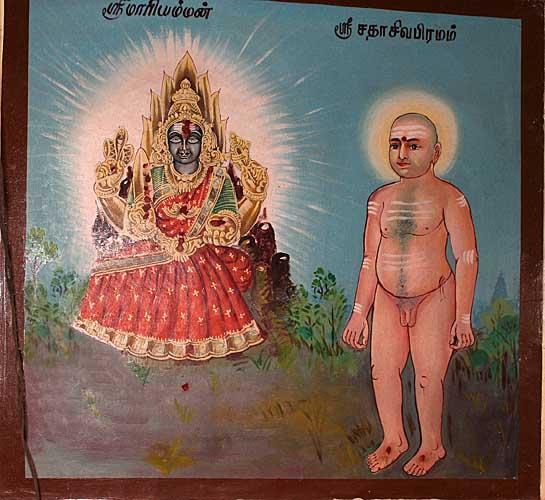
There is no Abhishekam for the Goddess Mariamman in this temple as she is swayambu. Instead, the goddess’s image is coated with Punugu, the oily perfumed secretion of the civet cat. Once in five years, Thailaabishekam (changing new Punuhu sattam) is performed. During this period, it is believed that her powers increase manifold and coconut water and curd are offered to cool her down.
An interesting feature of Mariamman at this temple is that she is seen sweating during the summer months and this sweat disappears on its own after sometime. Hence, the amman is called Muthu Mariamman.
Punnainallur Mariamman Temple is popular with devotees who seek cures for skin and eye problems. They come here to pray for relief from measles, chicken pox and skin sores. Devotees come here and offer their prayers for one week continuously by drinking the milk offered to Amman during the four daily poojas. Pechchi Amman in this temple is believed to protect and remove the fear of children who cry at imaginary things. The goddess cures her devotees of all physical ailments. A charismatic yet considerate form is seen here. Mud replicas of the different parts of human body are placed in the temple as offering and pleading the mother for cure. Thanga Paavaadai Alangaram (decorating the Goddess with Golden skirt and blouse) is very famous in this temple.

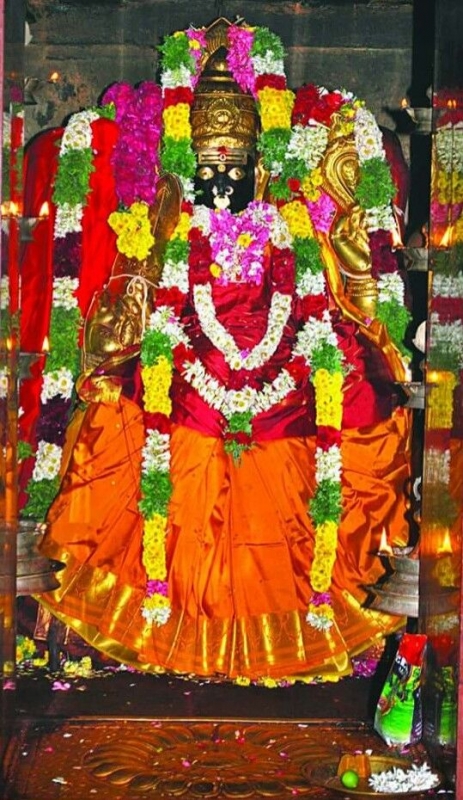
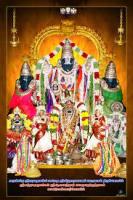
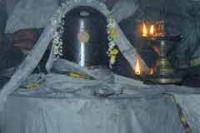

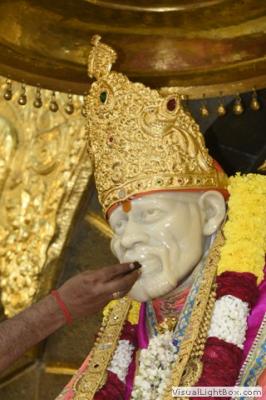
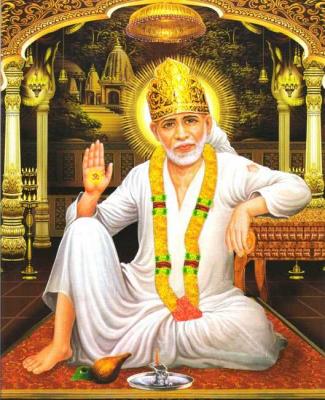

Leave a Comment